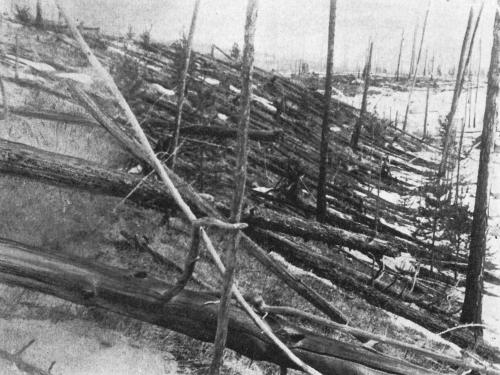
Stories of daring, stories of technological feats, stories of prevailing against the odds ... these are the stories we tell at the National Air and Space Museum. Dive in to the stories below to discover, learn, and be inspired.
Showing 121 - 130 of 156

December 19, 2013
This is a story about light and time and distance, about years and light years and how they intersect. It is partly a personal story, so I beg your indulgence. I hope it will inspire you to find your own star. I moved from Boston to Northern Virginia in November 1983 to work as an editor for a national association. In my free time, I began exploring the museums on the National Mall. I visited the National Air and Space Museum for the first time, and there I encountered an exhibit I’ve remembered ever since.

July 16, 2013
Get to know Phoebe Waterman Haas, one of the first women in the U.S. to earn a doctorate in astronomy.

March 11, 2013
How do you illustrate a non-fiction book for kids based on the former ninth planet? Some people still have some pretty strong feelings about Pluto’s demotion: protest signs, student protest speeches, public demonstrations. Cries of unfairness could be heard when news of poor Pluto’s removal from the planetary ranks occurred. It is the intention of this new children’s book to set the story straight or at least attempt to share “Pluto’s side of the story." I‘ve worked in the children’s book market as a freelance illustrator for several years in addition to my full-time job with the Museum’s Early Childhood program. My latest book assignment from Abrams Books for Young Readers, Pluto's Secret: an icy World's Tale of Discovery, connected my job as an artist and an educator.

March 04, 2013
Yes, the sky is falling. The asteroid impact that took place in Chelyabinsk, Russia, on February 15, 2013, has jump-started an international conversation about planetary protection and whether or not there is a really big asteroid/meteor/comet out there with our name on it. There is, we just haven’t found it yet. Miniscule objects enter the atmosphere all the time; occasionally larger objects come down—the Tunguska (1908) and Chelyabinsk (2013) events are prime examples of this—and once in a very great while a mass extinction impact takes place as in the Cretaceous–Paleogene extinction event of 66-65 million years ago that wiped out the dinosaurs.
February 26, 2013
The news that “Vulcan” topped the poll results taken by the SETI (Search for Extraterrestrial Intelligence) Institute in Mountain View, California as a possible name for one of the two tiny moons newly discovered to be orbiting Pluto has gotten quite a bit of press this week. In 2012, Mark Showalter of SETI, working with scientists on the New Horizons mission sending a probe to Pluto, found a tiny fifth moon orbiting the icy world.

February 15, 2013
A particularly bright fireball was observed earlier today over a wide area in Russia. Of even greater significance was the very strong sonic boom associated with the passage of the meteor through Earth’s atmosphere.

January 15, 2013
One of the jokes I inherited from my student years is the final exam question "Describe the Universe" which was followed by "and give two examples."

January 07, 2013
On 6 April 2012, the following notice appeared in the Minor Planet Circular, under the category “Names of New Minor Planets”: (4262) DeVorkin = 1989 CO Discovered 1989 Feb. 5 by M. Arai and H. Mori at Yorii. David H. DeVorkin (b. 1944)

November 02, 2012
At our evening observing sessions at the Public Observatory, we’ve shared views of Mars, Jupiter, Saturn, the Moon, and other astronomical objects with thousands of visitors. But Neptune, the most distant planet in the Solar System, is one that I’ve not yet looked at with the main 16” telescope.

October 18, 2012
In July, I joined a team from Johnson Space Center and elsewhere in investigating the geology of Apollo Valley with rover-deployed scientific instruments. Apollo Valley is a former 1960s Apollo-era astronaut training site at 3,505 meters (11,500 feet) on Mauna Kea, Hawaii. The project was funded by NASA's Moon and Mars Analog Mission Activities Program, which funds projects that simulate scientific, robotic, and human aspects of exploring the Moon and Mars, with the goal of designing the most effective, efficient, and well-integrated future missions.